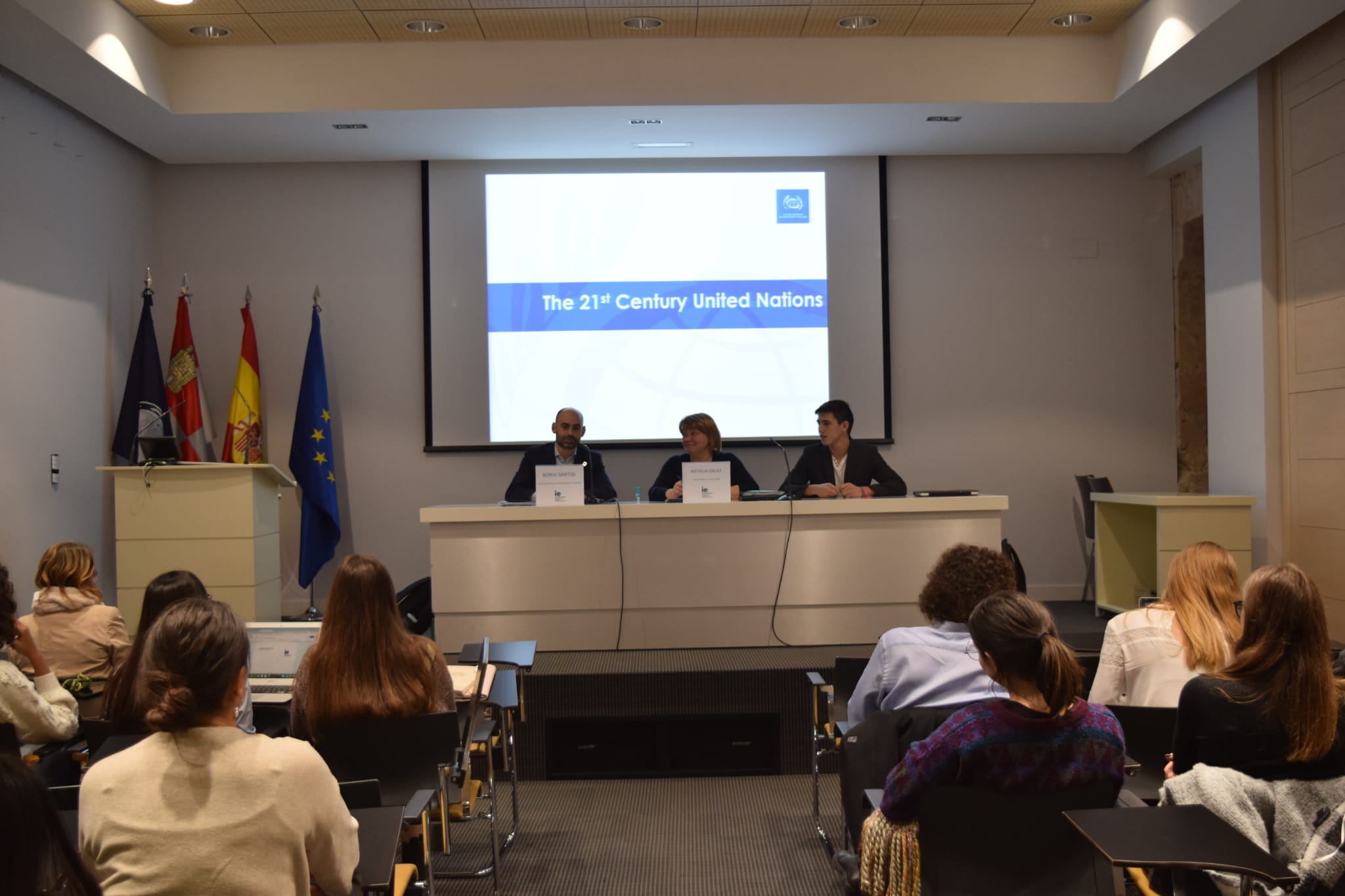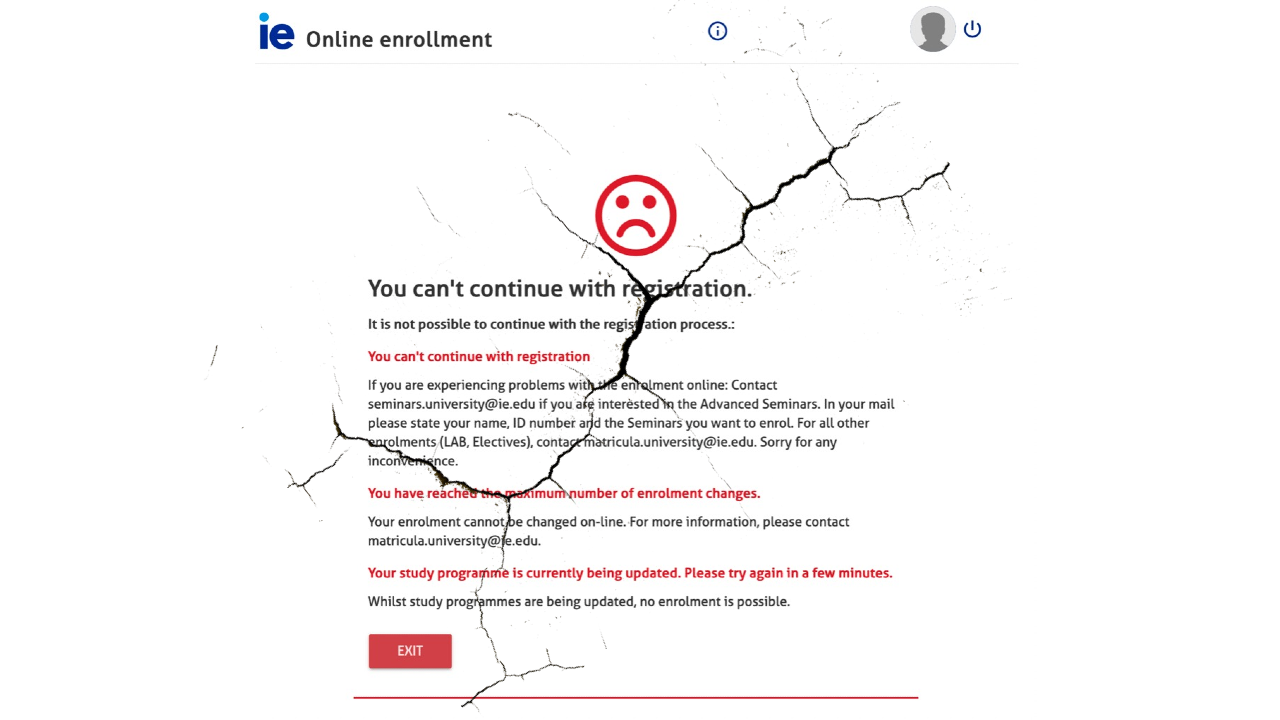Investigation and writing contributions done by Spotlight section editor Francia Morales.
The “Stop Gentrification” graffiti that surfaced in Segovia raised many questions about IE’s economic impact. The shouting matches which followed this graffiti reached two main arguments. Some claimed that IE Segovia displaced locals and inflated prices, while others argued IE alone carries Segovia economically; and that with no IE, Segovia would crumble.
Our investigation of IE’s economic impact, conducted through face-to-face interviews, hearsay, and online resources, draws a nuanced picture of IE’s economic impact. While IE students certainly affect particular markets, we found that their broad impact is negligible at best.
Housing Market
Much of IE’s impact lies in the housing market in the Old Town. Before IE set up shop in 2012, most of the apartments in the Old Town belonged to elders living on fixed pensions. Due to the Ley de Arrendamientos Urbanos (1964), their rents remained the same until their death (the Spanish government repealed the law in 2010, so the apartments enter the market after their tenants die or move).
Before the economic troubles in the late 2000s and early 2010s, the cost of living in Segovia was higher than now. “A flat in 2007 was worth almost twice what it is worth now,” according to an administrator at Sweet Home Segovia, a student flat rental company. When the housing crisis hit in 2008 and the Eurozone crisis followed in 2012, the Segovia housing market essentially died. An outflow of capital and lower demand led to decrepit apartments and abandoned housing projects.
“The historical center of the town was emptying, people were moving to the suburbs for the convenience of living there,” said our Sweet Home Segovia source. The apartments in the Old Town were “a product that nobody demanded”. On top of this, an ebb in the flow of tourists to Segovia devastated a sector comprising 10% of the local economy.
From 2012 on, due to the new availability of formerly fixed-rent apartments, a recovering Spanish economy, and an influx of wealthy students willing to pay up, mortgages and rents increased drastically. Coupled with a recovery in tourism numbers, Segovia entered a boom, and the housing market drastically increased in value.
As IE students “demand more services such as cooking and cleaning,” Sweet Home Segovia and other landlords rose rents to accommodate these changes. However, while IE students saw rent increases, most elders did not due to the 20th-century rent law fixing rents. Because few Segovia residents wished to live in the Old Town due to pricing and surrounding services, these rent increases largely affected only students and tourists searching for AirB&Bs. Rents outside the Old Town are to about 7,000-9,000 euros less per year.

The rise of AirB&Bs in the Old Town, though, poses questions about the extent of IE students’ impact in the housing market. Many apartments have left the housing market entirely to compete in the hotel market, decreasing supply and increasing the price of apartments. Due to Segovia’s economic dependence on tourism, these AirB&Bs flourish under lax local government regulations attempting to promote overnight stays. These apartments-turned-hotel rooms contribute to most of the gentrification proposed in the graffiti. So, if tourism can bring gentrification to the housing market, what other sectors does it affect?
Tourism
In 2008, the tourism industry accounted for 10% of Segovia’s GDP, with many tourists visiting from Madrid for the day. From 2008 to 2018, tourism to Madrid increased two-fold, thus growing Segovia’s tourism sector. This industry accounts for much of the gentrification called out in the graffiti, especially in restaurants.
Many incoming IE students (author included) felt shocked looking at Segovian menus for the first time. For such a small town, the prices seemed absurd and certainly outside the college budget. Restaurants can afford to upcharge on consumers willing to splurge on a meal in Segovia. This leaves locals and many university students with overpriced, lower-quality dishes. However, when moving outside the Old Town, prices fall as fewer tourists venture outside the walls.
The area by the Factory Residence Hall, down the hill from the aqueduct, houses a population less wealthy than within the Old Town and attracts less tourism. Similarly, the area around Universidad de Valladolid-Segovia is significantly less wealthy than the Old Town. Therefore, restaurants there average lower prices than the Old Town without sacrificing quality for quantity. Simply lower tourism rates drive down prices, as people know what is worth paying for.
While many IE students are able to absorb this up-charging on food, they have almost no effect on the restaurant prices both within and outside the old town. The economic impact of the 2 million tourists visiting Segovia in 2018, 45% of which came internationally, causes a much greater impact than the ~2000 students living in Segovia.
Economic Conclusions
The answer to IE’s role in the Segovian economy proves relatively simple to answer: IE’s impact is far outweighed by tourism. Any impact that IE students have quickly becomes irrelevant compared to the billion-dollar tourism industry. While IE students certainly impact the housing markets, the explosion of AirB&B and Segovia’s destination as a tourist hotspot creates more “gentrification” than the IE student body. As we will report next week, much of the discontent between IE students and locals stems from our impact on Segovian society rather than the economy. Until then, stay tuned for updates and other fascinating articles from the Stork team!






